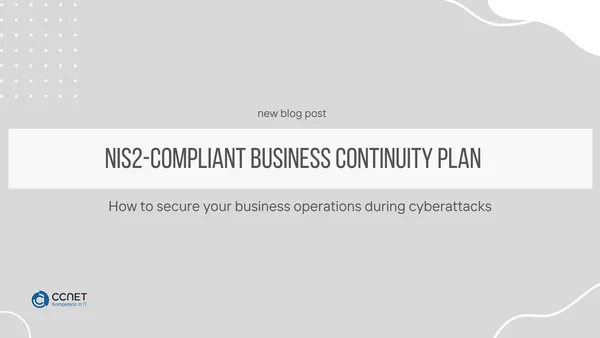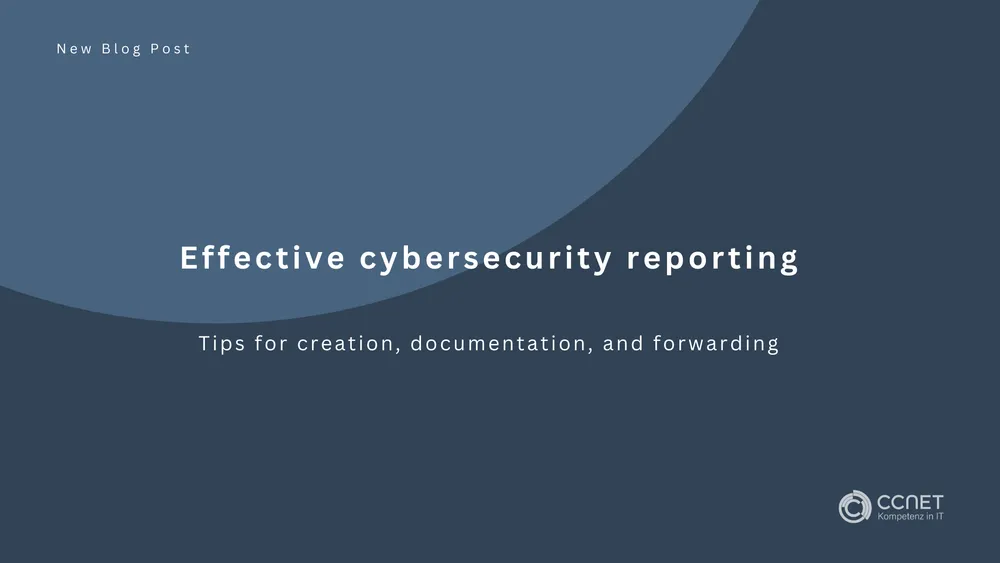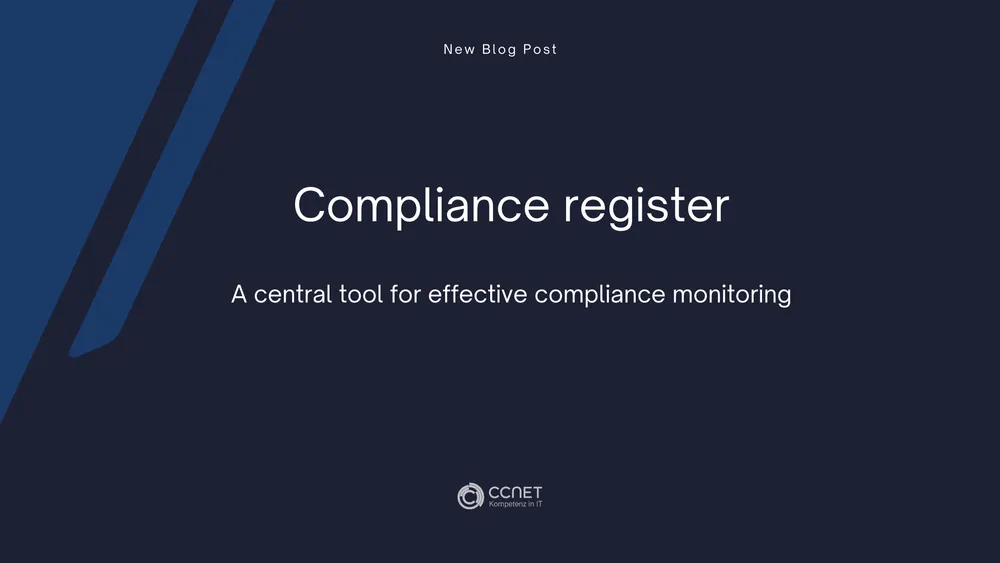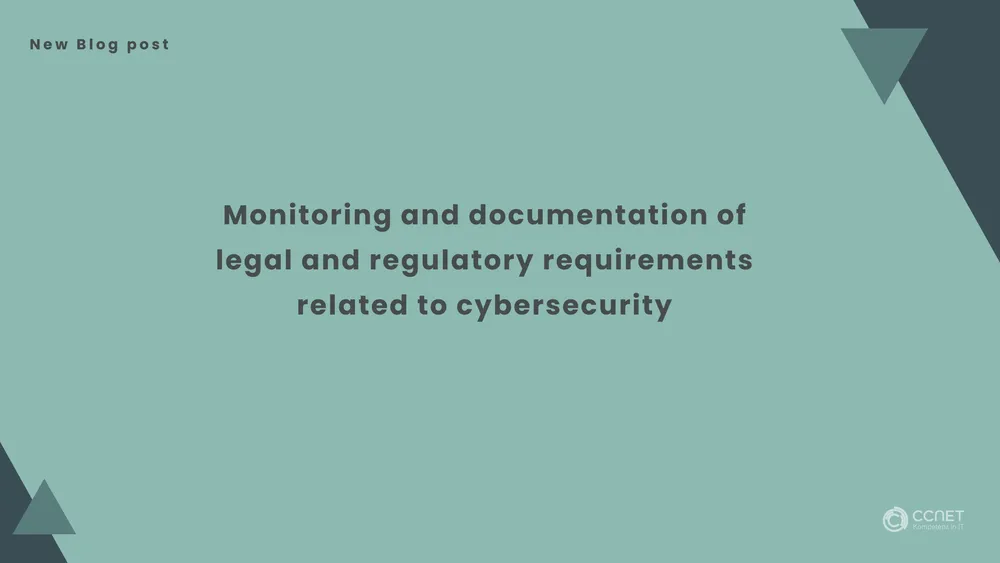
CCNet
Mar 17, 2025 • 2 min read

NIS2-Compliant business continuity plan: How to secure your business operations during cyberattacks
NIS2-Compliant Business Continuity Plan: Securing Your Operations During a Cyberattack
The Business Continuity Plan (BCP) provides a structured approach for responding to significant incidents, such as a cyberattack. The goal is to minimize the impact on business operations and ensure a rapid recovery of processes.
Further information can be found here: IT-Security
Objective and Scope of the BCP
The BCP covers all critical processes, systems, and infrastructures of the company and takes into account various scenarios that could affect business operations—from cyberattacks to natural disasters.
Responsibilities
The Business Continuity Manager holds the primary responsibility for developing and maintaining the plan. The IT Security Officer secures critical IT systems, while department heads are responsible for implementation in their respective areas. All employees must be familiar with emergency measures and respond accordingly.
Identification of Critical Business Processes
Critical business processes are identified and prioritized to determine which activities are essential for operation. This includes an assessment of how long a process can be down before significantly affecting the company (Maximum Tolerable Period of Disruption – MTPD) and how quickly it must be restored (Recovery Time Objective – RTO).
Some key processes might include:
- Order Processing with an RTO of 4 hours
- Production and Manufacturing, which must be operational again within 2 hours
- Customer Service, also requiring a very short recovery time
Emergency Measures During a Cyberattack
Immediate actions include isolating affected systems to prevent the spread of an attack and notifying the Incident Response Team. Internal communication ensures that all relevant departments are informed. Alternative procedures, such as manual processes or activating backup systems, can be used to continue operations.
Restoring Business Operations
To restore data and systems, secured backups and mirroring technologies are utilized. After recovery, system checks are performed to ensure functionality before normal business operations are resumed.
Communication and Information
During the incident and recovery, it is crucial to continuously inform internal stakeholders. If customers and partners are directly affected, they are also notified and provided with regular updates.
Testing and Updating the BCP
The BCP is tested annually to assess the effectiveness of all measures. Based on test results and current threat analyses, the plan is adjusted and improved.
Documentation and Archiving
All steps related to the development, implementation, and testing of the BCP are carefully documented. This documentation, including test reports and training records, is archived and available for audits.
Approval and Implementation
The BCP has been approved by management and is now effective to best protect and restore business operations in the event of an incident.
Conclusion
A well-structured and NIS2-compliant Business Continuity Plan is essential to ensure business continuity in the event of a cyberattack. By identifying and prioritizing critical business processes, implementing targeted emergency measures, and providing backup systems, the company is optimally prepared for emergencies. Regular testing and continuous updates of the BCP ensure the plan remains up-to-date, strengthening the company’s resilience. This enables the company to remain operational even in times of crisis, minimizing the impact of an incident.


